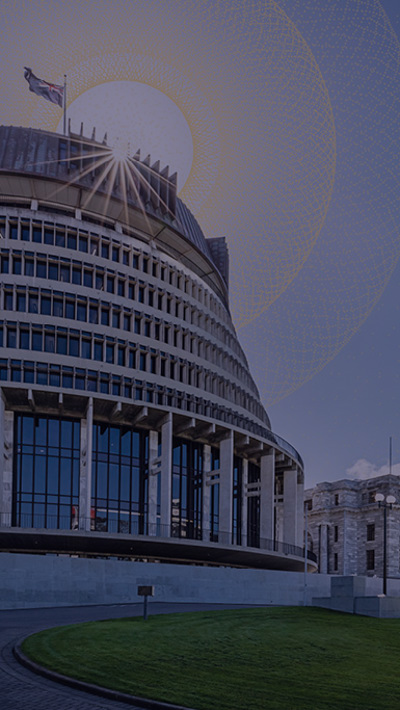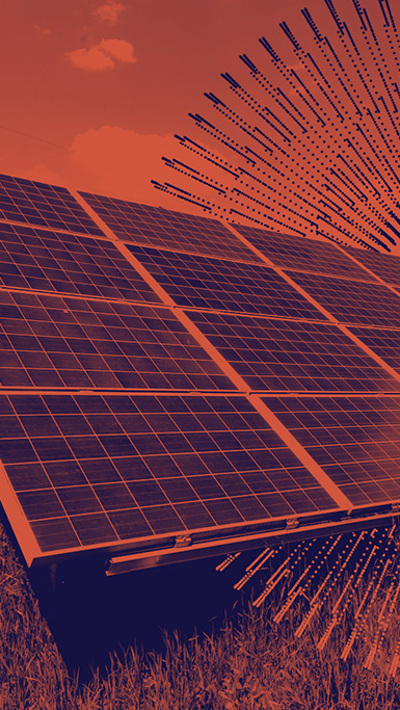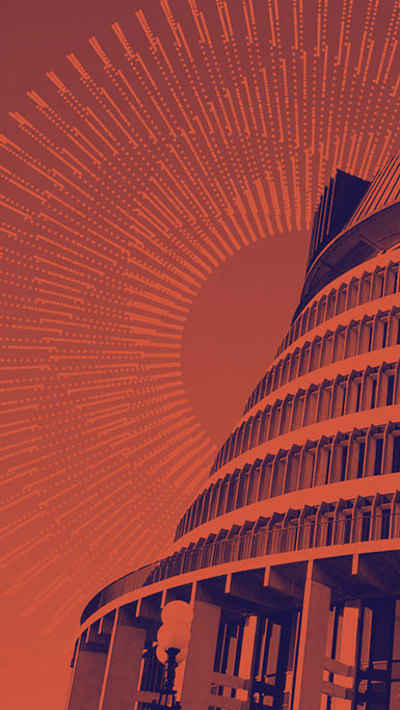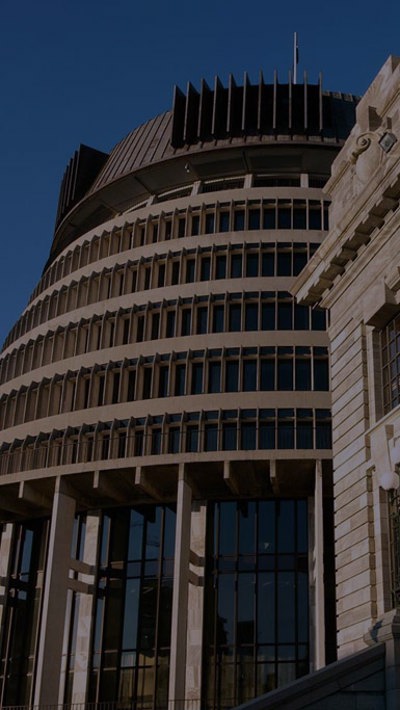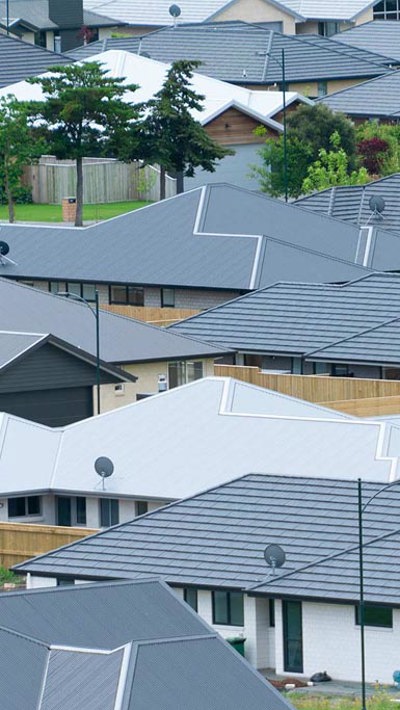Contents
Our focus in this piece is on the changes we can expect from the incoming government in relation to the funding and selection of large infrastructure projects.
We recognise that this will do little to alleviate the key issues confronting the industry – the costs and risks associated with continuing high inflation and capacity constraints across virtually every aspect of the New Zealand infrastructure sector.
The three prospective coalition partners also recognise this and are offering separate policies to help address these problems; but they cannot be easily fixed and there is no guarantee of success, particularly in the near-term.
And the uncertainty created by the election itself is having an exacerbating effect due to the project churn which seems endemic to elections in this country and is made particularly destabilising by our three-year electoral cycle.
Infometrics, in research commissioned by Infrastructure New Zealand, has found that, if a more certain infrastructure pipeline could be agreed, the increased stabilty could deliver productivity and savings improvements of 13% to 26.5% that, if invested in infrastructure, would increase the available spend by $2.3b to $4.7b a year over the 2025 to 2031 period.
Some of the discontinuity this time is more rhetorical than real. For example, National sees an important and continuing role for the Infrastructure Commission - Te Waihanga and, while it plans to withdraw central government from Let’s Get Wellington Moving, it has committed to a key element of the package - a second Mount Victoria tunnel.
Also, although the Three Waters legislation will be repealed within the first 100 days, Chris Bishop (tipped to hold the infrastructure portfolio in the new Cabinet) told Stuff in a recent interview, that while co-governance would go, the 10 water services entities would be retained and that ownership of water assets would be transferred to them. The only difference would be that councils would not be co-opted in and could elect to form their own entity if that was their choice.
However National will abandon Auckland Light Rail. Instead, it is offering a $24.8b transport package featuring 13 new Roads of National Significance (including the initial stages of a four-lane highway linking Whangārei and Tauranga), and roads to unlock land for housing in Hamilton, Petone, the Hutt Valley, and Northwest Auckland.
A new central funding agency
National policy is to expand the mandate and powers of Crown Infrastructure Partners to create a National Infrastructure Agency to be responsible for:
- Coordinating central government infrastructure funding;
- Connecting domestic and offshore savings (including ACC, the NZ Super Fund and KiwiSaver funds) with New Zealand infrastructure investment; and
- Improving the funding, procurement and delivery of infrastructure.
The Agency will be made up of economic and legal, infrastructure funding and financing experts and will be directed to solve longstanding infrastructure problems in New Zealand, such as; “fixing” the Infrastructure Funding and Financing Act 2020 to support widespread use at scale; and securing corridors for investment to reduce costs.
Other elements of the overarching policy approach include partnering with local government on national, city and regional deals; creating a fast-track consents process for infrastructure and establishing a class of projects known as Major Infrastructure Priorities (MIPs) which will require consenting decisions within one year, if referred by the Minister for Infrastructure.
Accessing financing should not be an issue as infrastructure assets that provide long term returns based on steady revenue streams are a highly attractive form of investment for institutional investors and pension funds.
The key issues are around who pays and how, the constraints on local government balance sheets, and the pressures on both household budgets at one end and the Crown’s fiscal position at the other.
National’s solution is essentially to access private capital through a greater reliance on public private partnerships (PPPs) and for funding to occur through a range of user pays avenues – in particular applying tolls to new highways and Value Capture Charging mechanisms on the direct beneficiaries where a new road has unlocked greenfield land for housing.
Having campaigned on reducing the cost of living, National will have to tread a fine line in the deployment of user pays models and in sheeting costs to local government that will ultimately fall to ratepayers through increased rates and new levies.
PPPs could definitely be made better use of in New Zealand but, given that we have been largely out of the PPP market since 2017, we will need to come up to speed with international trends – in particular the Australian Incentivised Target Cost regime.
Elements include:
- An agreed target cost to design and construct the project (based on expected allowable costs, including certain allowances for profit and overheads);
- A painshare/gainshare mechanism, whereby the parties agreed to share in the risk of cost overruns, or the benefit of cost savings, in each case compared to the agreed target cost, and
- A performance/KPI regime that incentivises the Special Purpose Vehicle (SPV) to achieve project milestones.
These features are commonly used in alliance and other collaborative contracting models. The innovation is their application within a PPP.
However, the ability to proceed with PPPs may prove controversial within the coalition context as there is a significant spread of opinion - from devout enthusiasm by ACT, which wants to host a PPP “trade fair” at which a draft 30-year infrastructure plan would be launched and private bids invited, to pronounced caution from New Zealand First, with Shane Jones telling BusinessDesk that they would want further investigation into Transmission Gully before any further “deep dives” into PPPs.
This article is part of our Election Insights 2023 series, which is being published throughout October - you can sign up to articles by email here.































